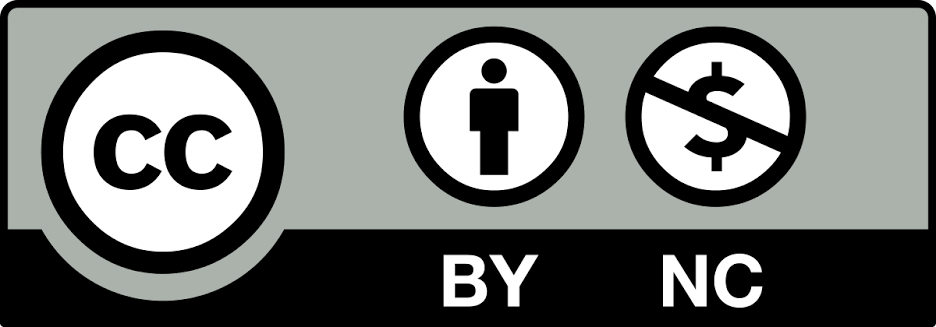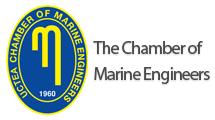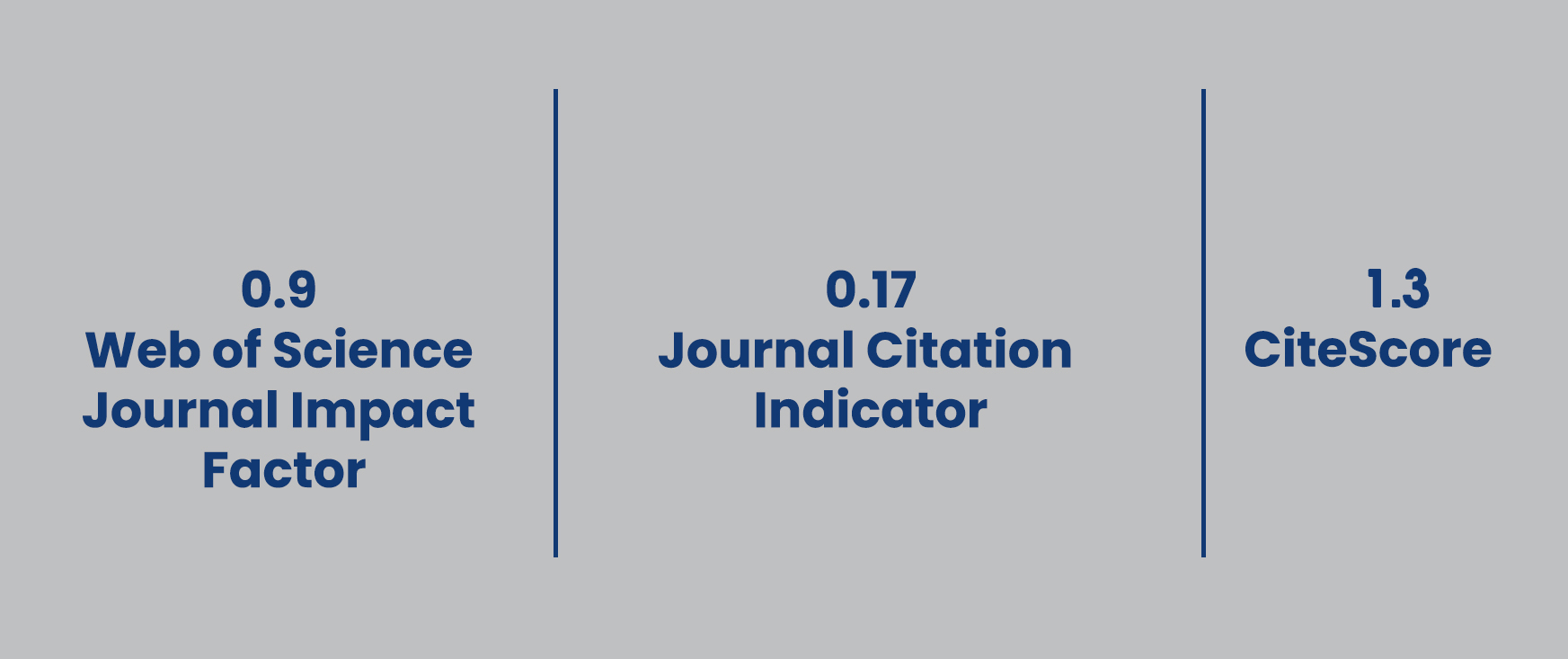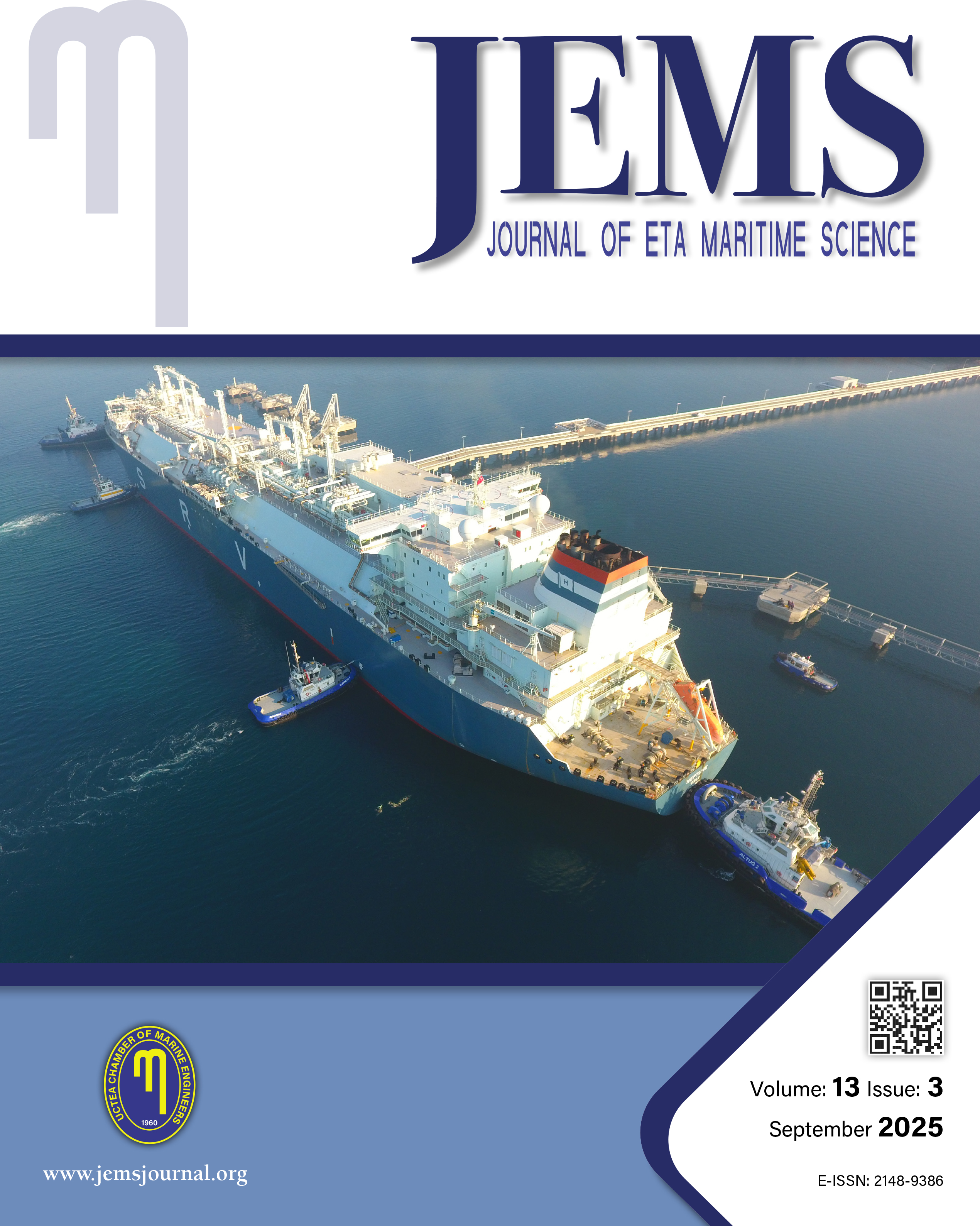

JEMS apply the Creative Commons Attribution NonCommercial 4.0 International Licence to all manuscripts to be published
Numerical Self-Propulsion Assessment of a Generic Submarine Model at Various Forward Speeds
Taner ÇoşgunYıldız Technical University, Department of Naval Architecture and Marine Engineering, İstanbul, TurkeyIn this study, we use computational fluid dynamics (CFD) to investigate the self-propulsion characteristics of a submarine model. Predicting a marine vehicles self-propulsion features, and as a result, determining the thrust force required to drive the ship with a constant forward speed is critical for the propulsive system and main engine selection. A Reynolds-Averaged-Navier-Stokes Equations based numerical methodology has been applied to the flow field around the Defense Advanced Research Projects Agency suboff geometry to predict the selfproportion characteristics of a marine vehicle. First, the models self-propulsion characteristics were determined for a relatively lower hull speed (5.35 knots), and the results were compared with those of other studies and experiments. The study was then extended to include higher forward speeds ranging from 5.93 to 17.79 knots. The results reveal that the propeller rotation rate at the models self-propulsion point rises as the vessel speed and the power requirement increase. Similarly, the advance coefficient remains nearly unaffected by the Froude Number. The resistance components, propulsion characteristics, flow field surrounding the model, and the wake structure in the propeller slipstream were also evaluated for the determined self-propulsion points.
Keywords: Self-propulsion estimation, DARPA, Submarine, Resistance, Computational fluid dynamicsManuscript Language: English
(1310 downloaded)










